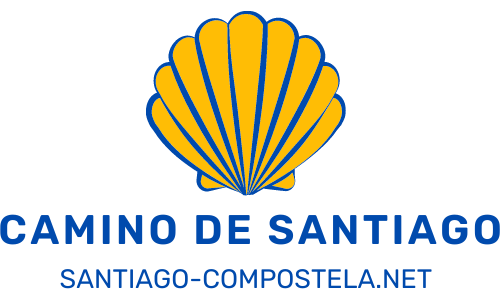CAMINO DE SANTIAGO
The Camino de Santiago (the Way of St. James) is an extensive network of ancient pilgrim routes stretching across Europe and coming together at the tomb of St. James (Santiago in Spanish) in Santiago de Compostela in northwest Spain.
Camino de Santiago Routes
The most popular route (which gets very crowded in mid-summer) is the Camino Francés which stretches 780 km (nearly 500 miles) from St. Jean-Pied-du-Port near Biarritz in France to Santiago. This route is fed by three major French routes: the Voie de Tours, the Voie de Vezelay, and the Voie du Puy. It is also joined along its route by the Camino Aragones (which is fed by the Voie d’Arles, which crosses the Pyrenees at the Somport Pass), by the Camí de Sant Jaume from Montserrat near Barcelona, the Ruta de Tunel from Irun, the Camino Primitivo from Bilbao and Oviedo, and by the Camino de Levante from Valencia and Toledo.
Other Spanish routes are the Camino Inglés from Ferrol & A Coruña, the Via de la Plata from Seville and Salamanca, and the Camino Portugues from Oporto.
The network is similar to a river system – small brooks join together to make streams, and the streams join together to make rivers, most of which join together to make the Camino Francés. During the middle ages, people walked out of their front doors and started off to Santiago, which was how the network grew up. Nowadays, cheap air travel has allowed many to fly to their starting point and often to do different sections in successive years. Some people set out on the Camino for spiritual reasons; others find spiritual reasons along the Way as they meet other pilgrims, attend pilgrim masses in churches, monasteries, and cathedrals, and see the extensive infrastructure of buildings provided for pilgrims over many centuries.
Camino Pilgrimage
PLANNING THE CAMINO
Camino Assisted Tours
Yearly, hundreds of thousands of people of various backgrounds walk the Camino de Santiago either on their own or in organized groups. People who want peace of mind will benefit from an organized or self-guided tour, while many will plan the Camino independently. We offer Camino de Santiago Tours for Seniors and also
Origins of the Camino
The history of the Camino de Santiago goes back to the beginning of the 9th century (year 814) moment of the discovery of the tomb of the evangelical apostle of the Iberian Peninsula. Since this discovery, Santiago de Compostela has become a peregrination point of the entire European continent.
The Way was defined then by the net of Roman routes that joined the neuralgic points of the Peninsula. The impressive human flow that soon went towards Galicia quickly made many hospitals, churches, monasteries, abbeys, and towns around the route appear. During the 14th century, the pilgrimage began to decay, brought about by wars, epidemics, and natural catastrophes.
The recovery of the route begins at the end of the 19th century. Still, it is during the last quarter of the 20th century when the authentic contemporary resurge of the peregrination takes place. The social, tourist, cultural, or sports components have had great importance in the “jacobea” revitalization. Still, we cannot forget that the route has gained prestige thanks to its spiritual value.

